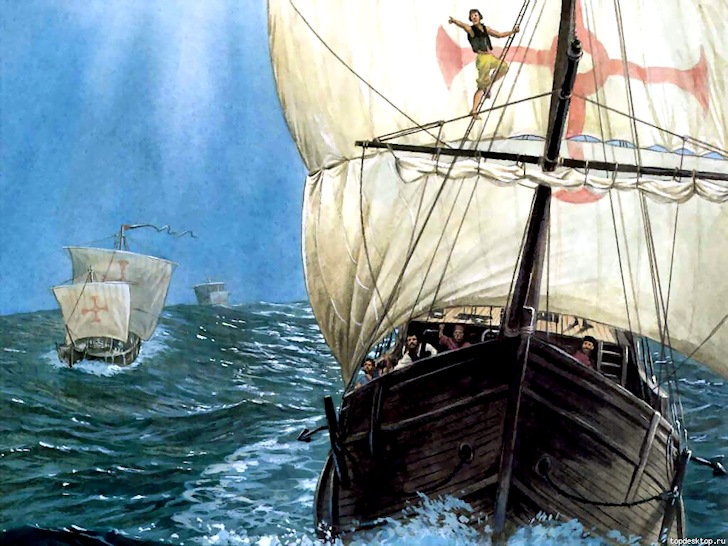The Portuguese explorers were the first Europeans to discover Australia, according to a 16th-century maritime map found in a library vault.
History tells us that Dutch sailors discovered Australia in 1606, but a new secret document proves that Portuguese adventurers marked geographical sites along Australia's east coast in 1522.
The new discovery is unveiled in "Beyond Capricorn," a book written by Peter Trickett, an Australian historian. He found the copy of Vallard Atlas, a collection of 15 hand-drawn maps, in a Canberra bookshop.
Named "Terra Java," two of the maps showed a perfect east coast of Australia. Captain James Cook claimed Australia for Britain in 1770, almost 250 years after the Portuguese notations.
"There was something familiar about them, but they were not quite right - that was the puzzle. How did they come to have all these Portuguese place names?" asks Trickett.
The Wrong Collage
Trickett believes that the cartographers who drew the Vallard maps had wrongly aligned two Portuguese charts they were copying from.
These maps and "portolan" charts may have been acquired illegally from Portugal and Portuguese vessels that had been captured.
"The original portolan maps would have been drawn on animal hide parchments, usually sheep or goat skin, of limited size. For a coastline the length of eastern Australia, some 3,500 kilometers, they would have been 3 to 4 charts".
Using a computer, Trickett rotated the southern part of the Vallard map 90 degrees to produce a map that accurately depicts Australia's east coast, correcting the wrong collage made by the French.
The original charts were probably designed by Cristóvão de Mendonça, who set sail from the Portuguese base at Malacca with four ships on a secret mission to discover Marco Polo's "Island of Gold" south of Java.
Portuguese artifacts from the 16th century have already been found on the Australian and New Zealand coasts.
